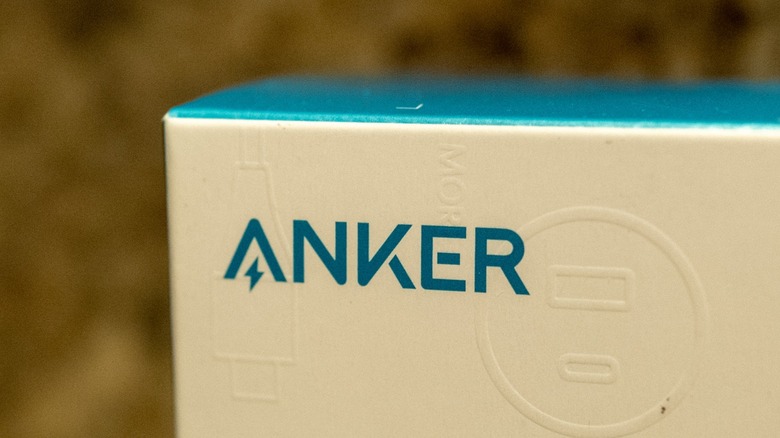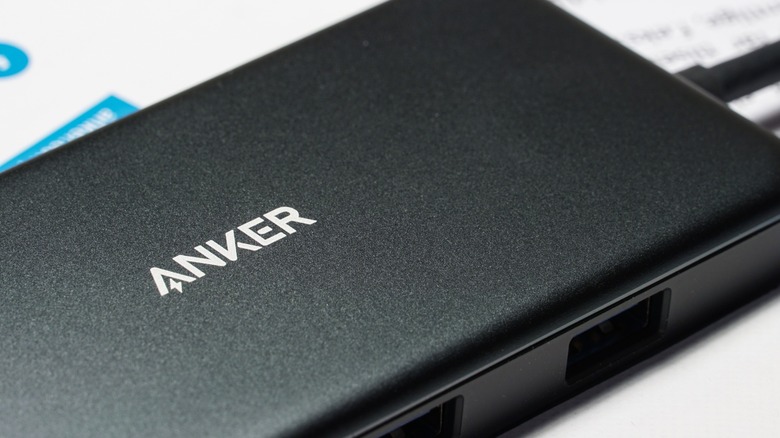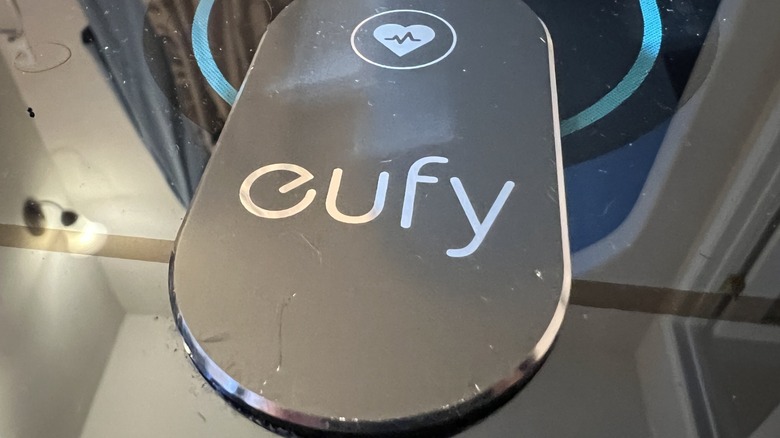By merely typing “power bank” into Amazon’s search bar, you’ll likely find an Anker product as one of the top offerings. Anker has become a household name for affordable, high-quality accessories, thriving in the market gaps created by ever-ballooning semi-duopolies, Apple and Samsung. While those two have focused on bigger margins on premium items, they’ve also left the door open for companies like Anker to rescue us from a woeful lack of accessory quality and diversity.
After former Google engineer Steven Yang founded Anker, he didn’t waste time trying to compete directly with phone makers. Instead, his company focused on the accessories they had neglected: chargers, cables, and power banks. Anker poured a lot of its resources into researching and developing products that weren’t cheap and substandard or expensive and luxury-quality, but rather affordable and premium, while innovating faster than competitors and earning the trust of users who didn’t want to buy anything that wasn’t stock. As Yang himself told The Verge, “The biggest challenge for Anker is not sales. It’s customer perception.”
While Apple was still bundling 5W bricks with $1,000 iPhones, Anker was already selling compact GaN chargers and multi-port power hubs that could handle laptops, tablets, and phones all at once. It won the trust of tech-savvy early adopters, and then it won everyone else. We’ll be taking a dive into the company’s history to find out what exactly made it so successful in this niche and why its chargers are so popular.
When and where was Anker founded?
Anker began in 2011 when Steven Yang left his job as a software engineer at Google and moved to Shenzhen, China. Yes, Anker is one of the popular tech companies in the U.S. that’s actually Chinese. With less than $1 million in seed money, part of which came from his mother, Yang had two major insights for his company’s business strategy: firsthand knowledge of Amazon’s seller marketplace and the growing demand for affordable, reliable electronics accessories.
Before founding Anker, Yang had developed an automated Amazon selling system to help his girlfriend (now wife) manage an online product-selling business. The tool handled inventory, logistics, and fulfillment, quickly scaling to over 300 orders a day. Through this, Yang learned how products ranked, how reviews shaped perception, and how to navigate fulfillment. This experience laid the foundation for Anker’s direct-to-consumer strategy.
After relocating to Shenzhen, the heart of China’s electronics supply chain, Yang spent a year building out a small team and finding manufacturing partners. The company’s first product line was actually replacement laptop batteries, a category Yang thought was badly in need of high-quality replacements. After moving to better-capacity smartphone batteries, Anker earned early credibility and began expanding into wall chargers, power banks, and cables.
What set Anker apart was its review-driven development model. The team closely monitored Amazon reviews and complaints, identifying customer issues, and then iterated quickly to fix them — Essentially, reverse-engineering from user feedback. This responsiveness helped Anker dominate underserved categories.
What makes Anker successful even today?
By the time 2015 rolled around, Anker was already producing category-defining products, like the PowerPort 5, which could charge up to five devices simultaneously, and the PowerCore, a compact, fast-charging battery pack. The company also developed PowerIQ, a proprietary charging technology that automatically identifies connected devices and then optimizes for maximum charging speeds. This became a standard feature across Anker’s product line.
Anker’s growth exploded during the mobile boom. Remember the “Pokémon Go” era? When everyone’s battery was dying quickly and people had to walk around with power banks? Guess who was selling those. Thanks to its Amazon success and good ratings, Anker’s reputation was cemented, often dominating search results for important accessories like chargers or cables with products boasting thousands of reviews and high ratings.
Today, Anker is diversifying and seems to be thriving if its financial reports are anything to go by. In 2024, Anker did $24.7 billion in revenue, up 44% from the previous year, and has almost beaten the milestone in the second half of 2025. In 2017, chargers, at the core of its business, comprised 70% of its revenue, but now that value is around 50% — a sign of diversification. The company has since expanded into smart home devices under the Eufy brand, portable projectors through Nebula, and audio equipment via Soundcore.



